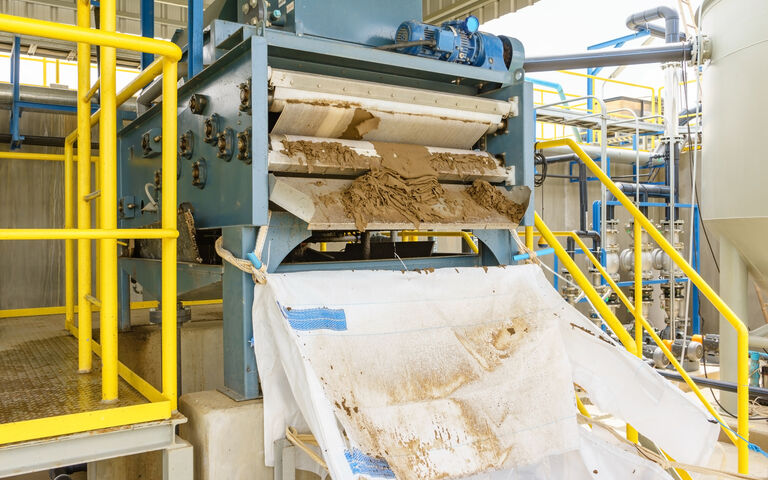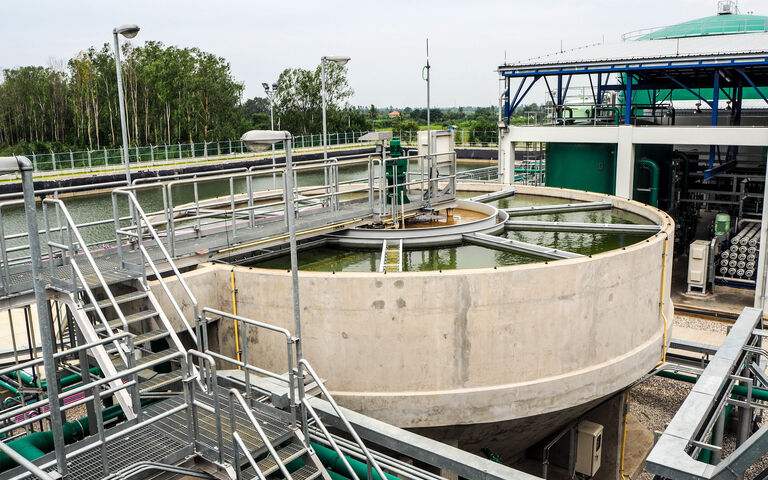
Sludge separation − filtration
Filtration theory defines the way in which water flows through the bed, which is formed of the sludge solids (cake)
Your web browser is out of date.
Update your browser for better security, speed and to get the best experience on this website.
Membrane technology provides separation of suspended solids from liquid through a highly-selective permeable polymeric or ceramic material under positive or suction pressure. Membranes can therefore be used to thicken sludge by allowing water to pass through through the membrane, leaving the thickened solids on the unpermeated side.

Filtration theory defines the way in which water flows through the bed, which is formed of the sludge solids (cake)

An overview of sludge thickening − an introduction to theory and related technologies
Other processes include membrane thickening − water is extracted through a membrane, increasing the solids concentration
Sludge solids separation theory − a brief introduction to the theories around sludge sedimentation, cake filtration and cake compression.
Centrifugal thickening increases sludge concentration by encouraging particles to migrate to the walls of a rapidly rotating
Dissolved air flotation thickens sludges by encouraging the solids to float to the surface where they can be skimmed off
Gravity belt thickening thickens sludge by allowing the water to drain from the sludge under gravity through a permeable belt
Gravity thickening increases the solids concentration by allowing the particles to settle to the base of a vessel
Rotary drum thickening increases sludge solids concentration by agitating the solids in a cylindrical drum with porous walls
Conditioning is the pretreatment of sludge upstream of thickening and dewatering to promote solid-liquid separation
Thickening processes concentrate the sludge by removing part of the free water, such that the product can still be pumped
Dewatering processes mechanically remove a significant proportion of the sludge water to produce a 15-45% cake product
In sludge drying the sludge moisture is removed as water vapour by heating, generating a pelleted or powdered product
Sludge stabilisation − alkaline stabilisation, lime and solids dosing, plus anaerobic and aerobic digestion
Thermochemical methods are used to either significantly reduce the sludge solids content or pre-treat sludge upstream of AD
Sludge is the main waste stream from the treatment of wastewater